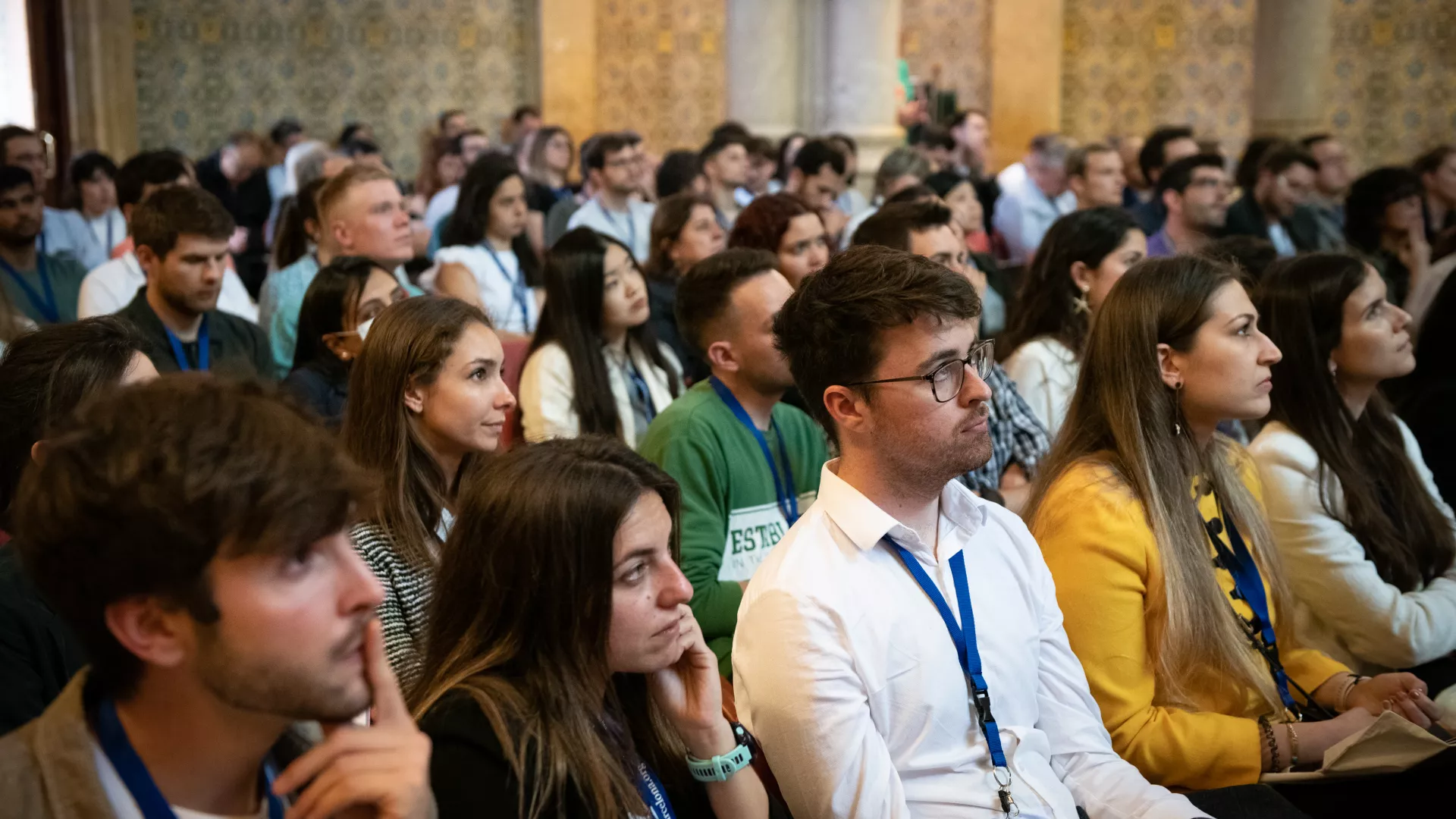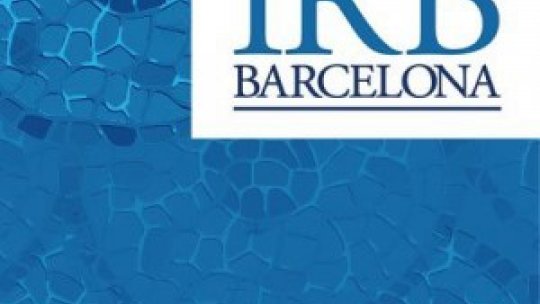Speaker: Renato Paro, Prof. Dr. ETH Zurich, Department of Biosystems Science and Engineering. Basel. Switzerland
Presentation
Organizers: IRB Barcelona
Date: Friday 14 June, 12.00h
Place: Felix Serratosa Hall, Parc Cientific de Barcelona
Host: Cayetano González, PhD - IRB Barcelona
Abstract
Mechanisms of cellular memory ensure that during proliferation transcriptional programs are faithfully transmitted to daughter cells. The chromatin proteins of the Polycomb (PcG) and Trithorax group (TrxG) play a major role in the epigenetic inheritance of gene expression patterns, by maintaining repressed and active chromatin domains, respectively. We established an auxin-based protein degron system for a fast and inducible depletion of Polycomb proteins in vivo. In embryos, the complete protein knockdown upon induction only takes 30 minutes and the degradation can be reversed after the removal of auxin. Hence, the system allows a dynamic perturbation of PcG function and a detailed, time-resolved study of consequences on the expression of target genes. The results reveal some unexpected regulatory features, previously undetected using genetic perturbation methods.
Down-regulation of members of the PcG protein complex, lead to neoplastic growth in Drosophila imaginal discs. No genetic instability is observed in these tumour cells. Epigenetic dysregulation reprograms the cells to an embryonic state and blocks them from entering differentiation. However, by enforcing development through the overexpression of a differentiation factor tumorigenic competence is restrained. Interestingly, flies have evolved an innate tumour suppression mechanism based on similar principles. At metamorphosis the hormone ecdysone alters neoplastic growth of PcG tumours into a non-tumorigenic condition. Subsequently, these cells become eliminated during the adult stage. We find that ecdysone exerts this function by inducing a heterochronic network encompassing the activation of the microRNA lethal-7, suppressing the tumour driver chronologically inappropriate morphogenesis (chinmo). This pathway can also promote remission of brain tumours formed in brain tumour (brat) mutants, revealing a restraining of neoplastic growth of different tumour types during metamorphosis. Given the conserved role of let-7, the identification and molecular characterization of this tumour eviction mechanism in flies might provide important clues toward the exploitation of related pathways for human tumour therapy.
Plenary Seminar

